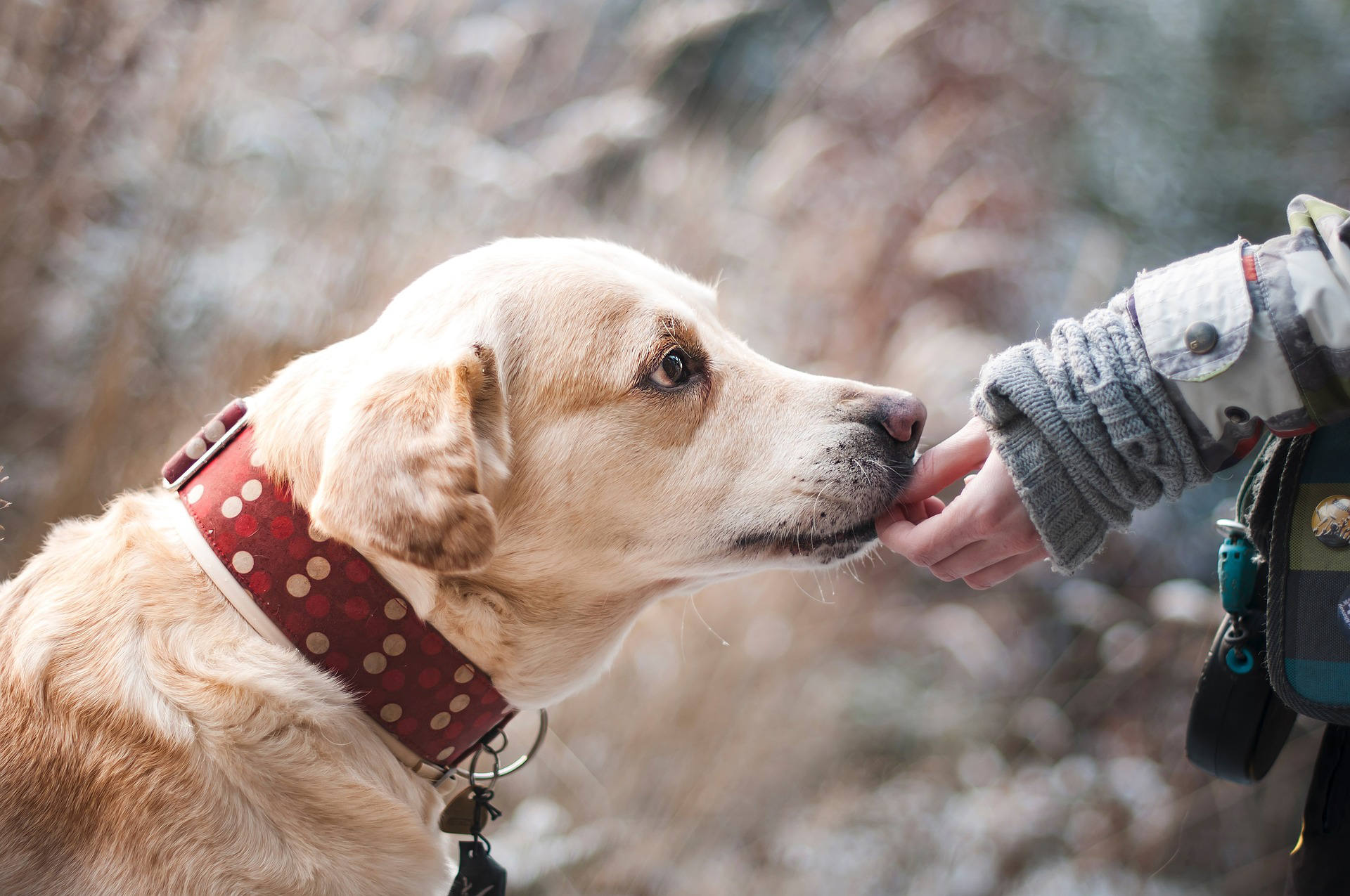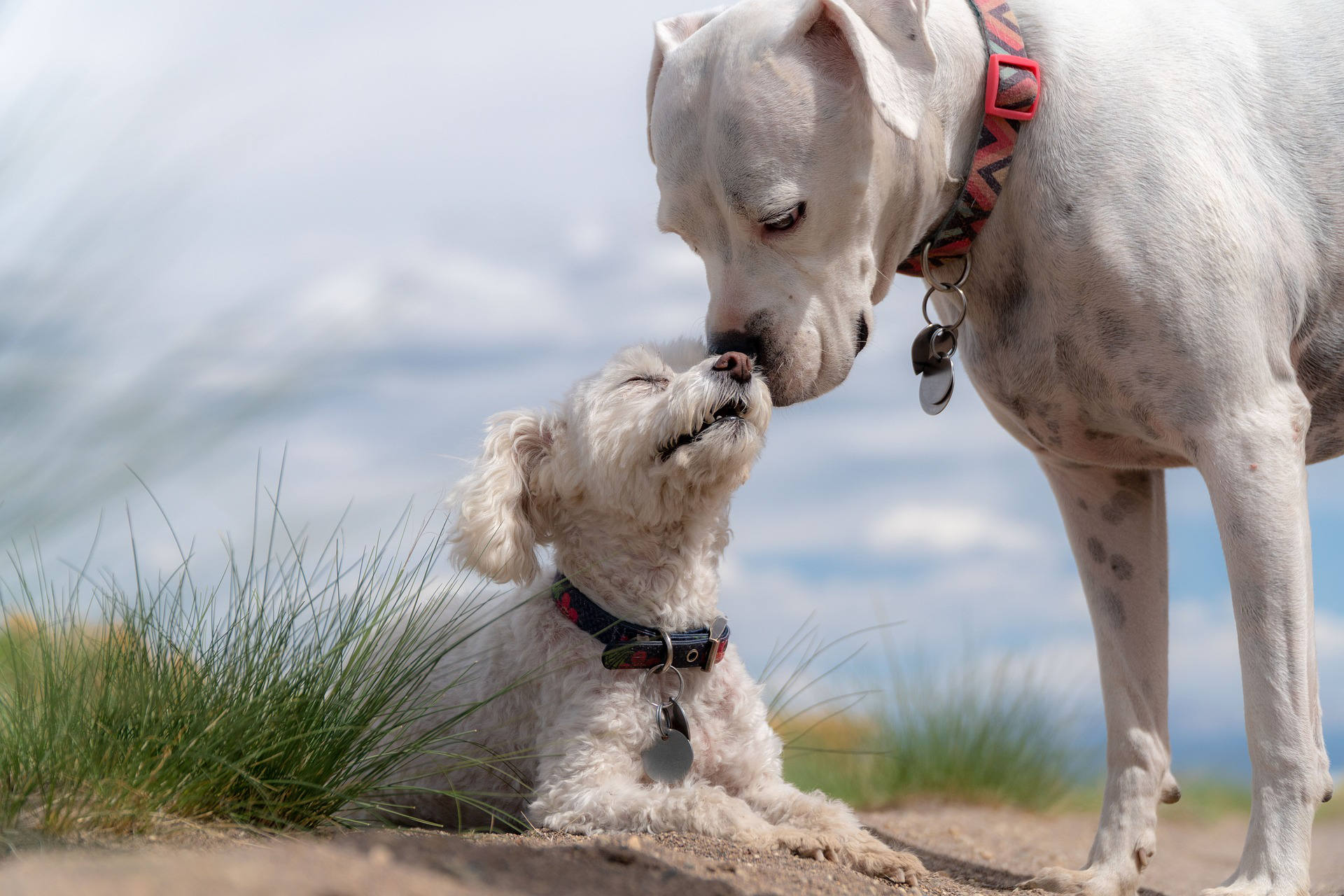Contents1 Is Your Dog Confused by Mixed Signals?2 Consistency is Key to Dog Training Success3 Unified Commands Help Dogs Learn Faster4 Avoiding Command Confusion: Keep Language Simple and Consistent5 Dogs Learn Through Repetition and Consistency6 Setting Clear Rules for Common Scenarios7 Make Dog Training a Family Effort8 The Power of Patience and Positive Reinforcement9 Enjoy
Creating a successful bond with your dog begins with one essential element: trust. Developing a foundation of trust makes training more effective and strengthens your relationship with your dog. To ensure your dog responds positively to commands and behaves reliably, it’s crucial to establish and maintain this trust. Here’s how you can foster a trusting
Dogs are integral to our lives, offering companionship, loyalty, and unconditional love. However, there are times when bringing your furry friend along isn’t an option. Whether it’s a honeymoon, a business trip, a hospital stay, or even a family vacation where pets aren’t allowed, you may find yourself in a situation where you need to
Navigating puppy food options can be overwhelming for new pet owners. A veterinary nutritionist recently assisted a friend who adopted a rescue puppy, guiding them through selecting the best food to meet their puppy’s nutritional needs during its critical growth phase. Contents1 Step 1: Evaluating Manufacturer Credentials2 Step 2: Identifying Suitable Puppy Foods3 Step 3:
Contents1 Navigating the Modern Puppy Food Market2 Understanding Puppy Nutrition: A Foundation for Health3 Feeding Your Puppy: A First-Year Timeline3.1 6–12 weeks3.2 3–6 months3.3 6–12 months3.4 After age 14 Portion Control and Feeding Habits: Tailoring Meals to Your Puppy’s Needs5 Wet vs. Dry Puppy Food: Making Informed Choices6 Special Needs for Small and Large Breed
Separation anxiety presents itself in various distressing manners, posing challenges for both the pet and its family. Some notable symptoms include destructive behavior, self-harm, urination or defecation indoors, pacing, and vocalization such as barking or whining, among others. Undoubtedly, coping with separation anxiety can be overwhelming for families and deeply unsettling for dogs. Multiple factors
Many dog owners face challenges with crate training, encountering issues when their pets bark incessantly within their kennels. Contents1 Reasons Behind Non-Stop Barking2 Incomplete Crate Training3 Fear of Missing Out (FOMO)4 Lack of Tiredness5 Separation Anxiety6 The Ethics of Ignoring a Barking Dog7 Strategies for Managing Non-Stop Barking7.1 Ensure Readiness for Crating7.2 Optimize Crate Setup7.3
Contents1 How to Potty Train Your Puppy1.1 Potty Train Strategies Include:1.1.1 Crate Training1.1.2 Proper guidance1.1.3 Supervisory Role1.1.4 Structuring Potty Breaks for Success1.1.4.1 Frequent Breaks1.1.4.2 Leashed Outings1.1.4.3 Observational Approach1.1.4.4 Reinforcement How to Potty Train Your Puppy House training (or potty training) emerges as a critical endeavor when welcoming a new puppy into one’s home. The well-being
Not all dogs are born social butterflies; some exhibit aloof tendencies naturally, while others become standoffish due to previous negative experiences or limited social exposure. Dog owners may find it a challenge to encourage our furry friends to play harmoniously with other dogs. So, what’s the solution? Contents1 Understanding Why Your Dog May Be Less
When you first brought home your 8-week-old puppy, everything seemed relatively manageable – focus on potty training and socialization, and you’re good to go. However, as your puppy hits the four or five-month mark, you might face a seemingly unrecognizable, hyperactive furball. Is there hope for your puppy to grow out of this stage independently?










